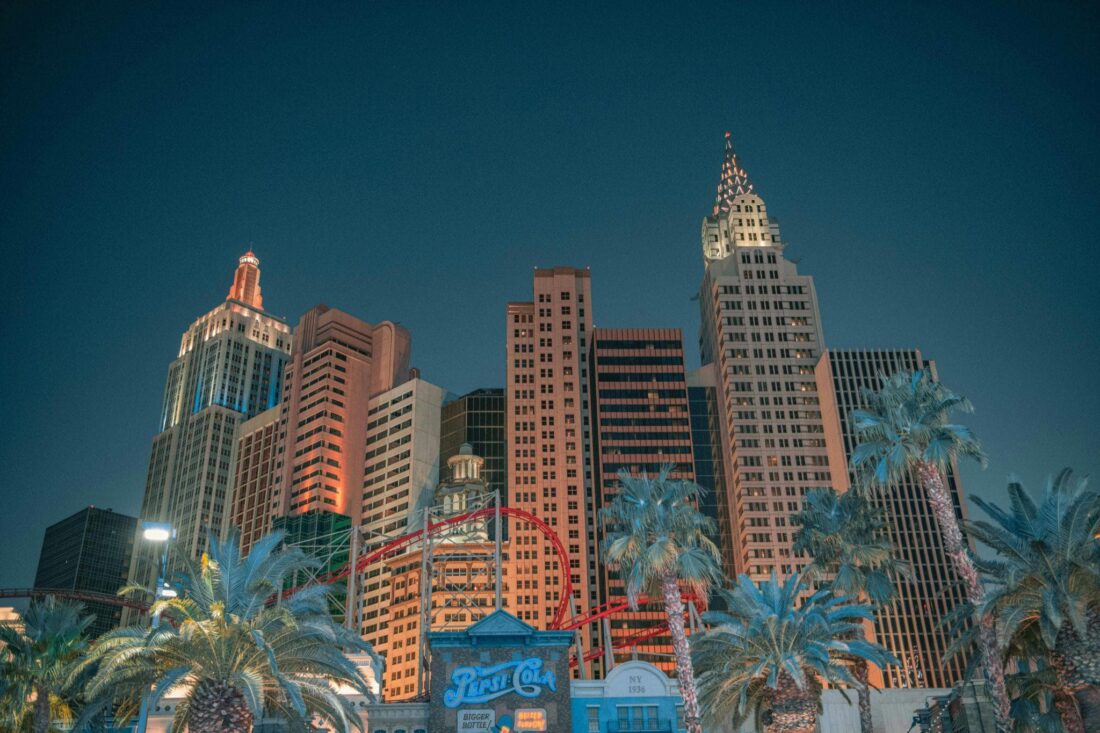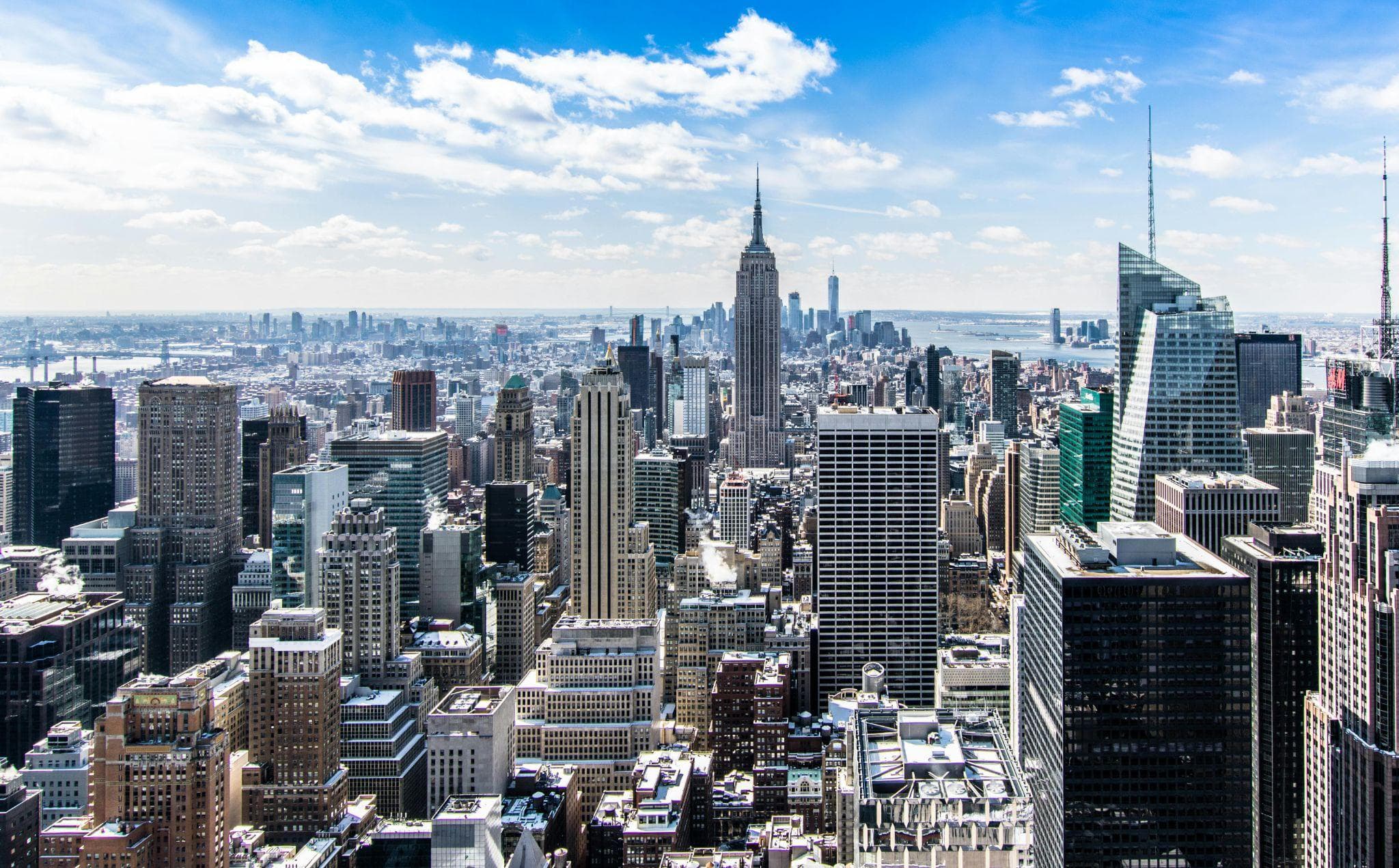At first glance, comparing Las Vegas and New York City as tourist destinations seems like an exercise in stating the obvious. One is a desert oasis of pure spectacle, built on the premise of a thrilling escape, while the other is a sprawling metropolis of culture, history, and raw urban energy. They exist on opposite ends of the tourism spectrum, almost like the two ends of a metaphor. One is an adrenaline-fueled fantasy, the other a deep, authentic dive into the human experience. But what if we look closer? What if we compare their methods of attraction? It’s not simply that they offer different things; it’s that they engage with travelers on a fundamentally different level, targeting distinct desires and aspirations. For a traveler, choosing between the two can feel less like picking a destination and more like selecting an alter ego. You might find a simple thrill like a plinko game UAE in an unexpected location. Still, the very nature of each city, from the neon-drenched streets of the desert to the bustling urban grid, offers a unique and incomparable journey. This article will delve into what makes these two tourism titans tick, uncovering the philosophies that underpin their magnetism.
The Allure of Las Vegas: A Culture of Spectacle and Thrill-Seeking
Las Vegas doesn’t pretend to be anything it’s not. It is the ultimate adult playground, a city constructed from the ground up to provide a singular, high-octane experience. Its primary product is not a landmark or a historical event; it’s an atmosphere. The air on the Strip crackles with a sense of possibility, a low hum of excitement that promises anything can happen. For the typical Vegas tourist, the goal is not to “see” the city so much as it is to “experience” it. They seek a break from the routine, a temporary escape from the real world. The entire business model is built around a short, intense visit where money is meant to be spent, and time is meant to be lost in the blur of casinos, nightclubs, and extravagant shows.
This visitor profile is often a demographic with disposable income, looking for an all-in-one package of luxury and entertainment. They appreciate convenience and seamlessness, where everything they need, from dining to gambling to shopping, is all under one roof. The city’s genius lies in its ability to create a self-contained universe where the line between reality and fantasy is delightfully blurred. It’s a place where you can ride a gondola in a Venice-themed resort one moment and gaze upon the Eiffel Tower the next, all while the sound of slot machines provides a constant, hypnotic soundtrack. The city’s recent evolution, however, proves that it is more than a one-trick pony, with a growing emphasis on attracting a broader, more sophisticated clientele beyond the card tables.
Beyond the Strip: Expanding the Tourist Experience
Las Vegas’s reputation was built on gambling, but a more diverse array of attractions is forging its future. The city’s savvy leaders realized long ago that to remain relevant, they had to appeal to a broader audience than just gamblers. This strategic shift has turned Vegas into a culinary destination on par with any major city in the world. High-end restaurants helmed by celebrity chefs now line the Strip, drawing foodies who come for the tasting menus, not the poker tables. The nightlife has expanded beyond traditional clubs to include sleek cocktail lounges and speakeasies. And let’s not forget the sheer spectacle of its live entertainment, which draws millions of visitors annually. It’s no longer just about the dice; it’s about the drama, the artistry, and the one-of-a-kind experiences.
The city has successfully curated a wide range of offerings to keep tourists engaged for longer and to lure new ones. This expansion of the tourist experience has helped to solidify Las Vegas as a versatile, rather than a monolithic, destination.
- World-Class Shows: The city is a hub for high-budget productions, from Cirque du Soleil to celebrity residencies from the biggest names in music.
- Epicurean Experiences: Las Vegas boasts an impressive array of Michelin-starred restaurants and celebrity chef dining, catering to the most discerning palates.
- Outdoor Adventures: The surrounding desert landscape offers opportunities for hiking, rock climbing, and scenic drives through places like Red Rock Canyon.
- Unique Attractions: Visitors can explore unconventional museums like the Mob Museum and the Neon Museum, as well as a burgeoning arts scene in areas like downtown’s Fremont East.

The Enduring Charm of New York City: A Tapestry of Culture and Urban Life
In stark contrast to Vegas’s constructed reality, New York City’s appeal is its raw, chaotic authenticity. It doesn’t need to be invented; it simply exists. The city is a living, breathing entity, a mosaic of cultures, histories, and dreams. Its allure isn’t built on fantasy but on the promise of a genuine, immersive experience. The typical New York tourist isn’t looking for a quick thrill; they’re looking for a deep dive into urban life. They want to get lost in the grid of its streets, to feel the pulse of a city that never sleeps, and to discover something new around every corner.
This is a traveler who wants to walk a marathon, not sprint it. They are drawn to the intellectual and cultural richness, whether it’s walking through a historic neighborhood or standing in front of a masterpiece at the Metropolitan Museum of Art. The city’s diverse boroughs and neighborhoods each offer a distinct flavor, and a visit to New York often feels like a series of smaller, more personal journeys. It’s a city you can return to again and again and always find something new, a testament to its dynamic nature.
Iconic Landmarks and Thematic Exploration
New York’s most compelling attractions aren’t designed to be flashy; they’re designed to be significant. Tourists flock to iconic landmarks like the Statue of Liberty and the Empire State Building not just to take a photo, but to connect with a sense of history and aspiration. The city’s cultural institutions, from Broadway’s theaters to the hallowed halls of its world-renowned museums, offer a different kind of entertainment. They engage the mind and spirit, not just the senses. And unlike the perfectly manicured experiences of Las Vegas, the journey through New York is often as compelling as the destination itself. A single day might be a themed exploration: a morning of high art in Midtown, an afternoon of wandering through Greenwich Village’s historic streets, and an evening of world-class theater. The tourist’s path is not as simple as dropping a ball on a Plinko game; it’s a deliberate, thoughtful journey, a personal itinerary crafted by one’s own curiosity. This is the enduring genius of New York: it allows you to be the author of your own adventure.
A Tale of Two Marketing Strategies: Attracting Different Audiences
The stark contrast between these two cities is most evident in their marketing. Las Vegas’s tourism board has, for decades, leaned into its persona as an adult playground. Its famous tagline, “What happens in Vegas, stays in Vegas,” is not just a catchy phrase; it’s a promise of secrecy, a wink to the escapist nature of the city. The marketing is event-driven, centered on celebrity shows, big-ticket boxing matches, and grand openings of opulent resorts. The messaging is direct, bold, and focused on the immediate gratification and excitement of the experience. It sells a fantasy.
New York’s approach, by contrast, is far more nuanced. The city doesn’t need a single, cheeky slogan. Its marketing relies on its global reputation and the endless possibilities it offers. The messaging highlights its cultural institutions, its diverse neighborhoods, and its role as a trendsetter. It sells a feeling—the feeling of being at the center of the world, of being part of something larger. The marketing is less about a single event and more about an ongoing narrative, a continuous invitation to explore and discover. It’s a conversation, not a sales pitch. This difference in marketing reflects the core difference in their tourist profiles: Las Vegas sells a package, while New York sells a lifestyle.
Conclusion
When we look at Las Vegas and New York side by side, we see a fascinating reflection of the modern tourism industry. They are both incredibly successful, but they achieve that success through fundamentally different means. Las Vegas is a triumph of design and marketing, a city that has masterfully crafted a unique experience of escapism and spectacle. It offers a perfectly curated fantasy where every detail is designed for entertainment and convenience. New York, on the other hand, is a monument to authenticity and organic growth, a city that draws people in with its history, its culture, and its endless layers of urban life. It doesn’t need to create an illusion; it simply invites you to become part of its living story. The contrast between these two titans highlights a key trend in travel: the divergence between “experiential tourism” and “authentic tourism.” One provides an exhilarating escape; the other offers a deep, enriching engagement. And as the global tourism landscape continues to evolve, the success of both cities proves that there’s a place for both the manufactured fantasy and the raw, unpolished reality. They are two sides of the same coin, each offering a distinct journey that reminds us that the best travel destinations are those that know precisely what they are, whether they are in the heart of America or a thriving urban environment.
